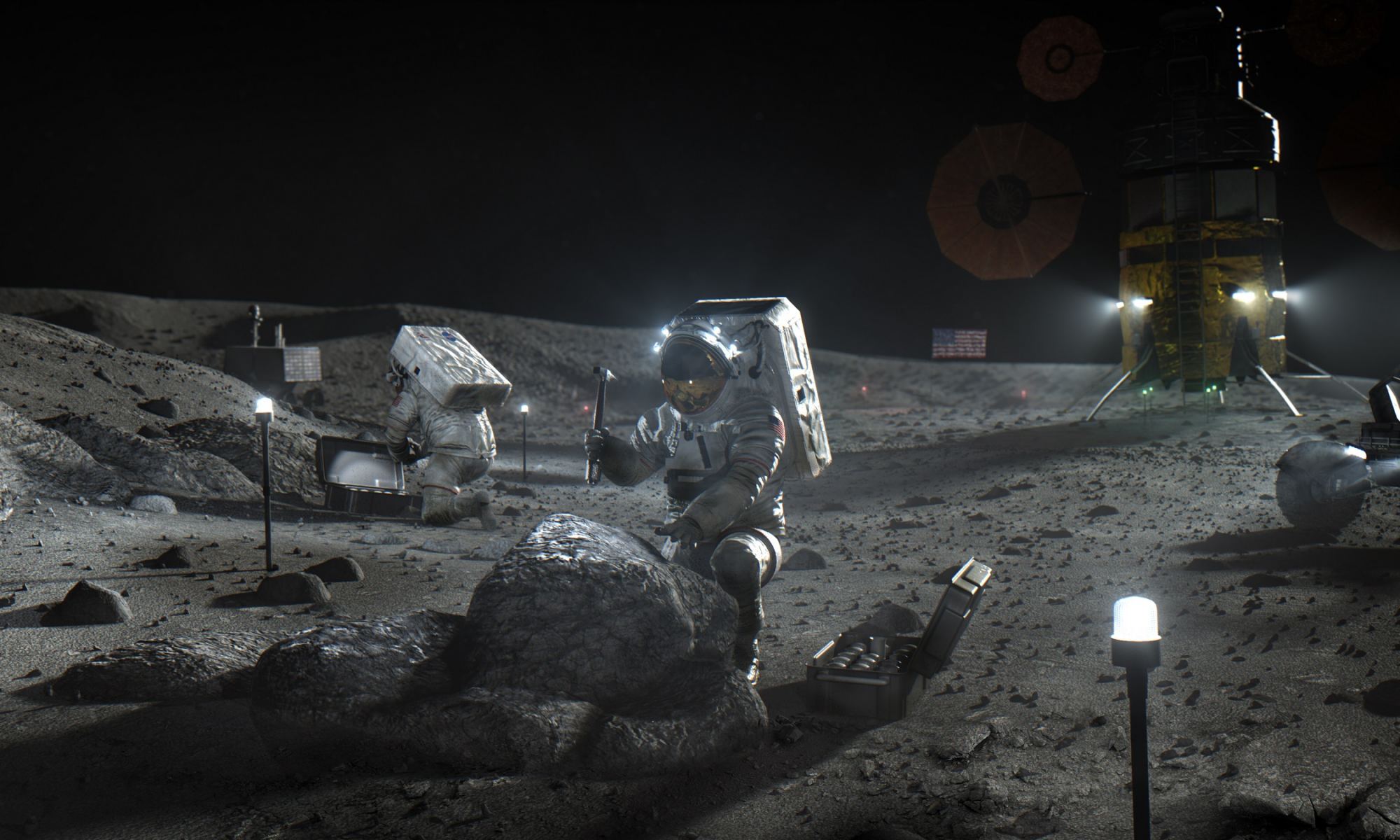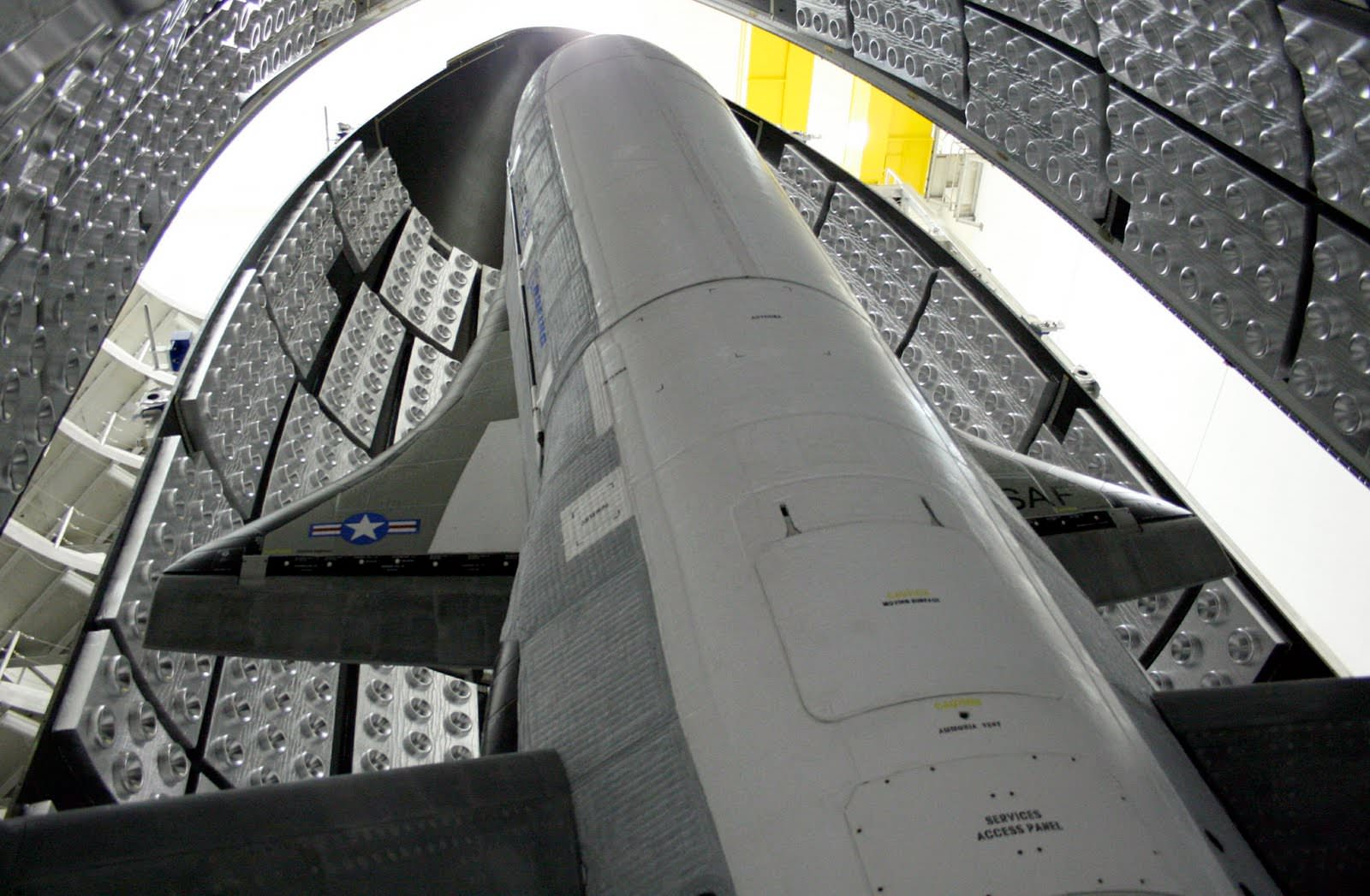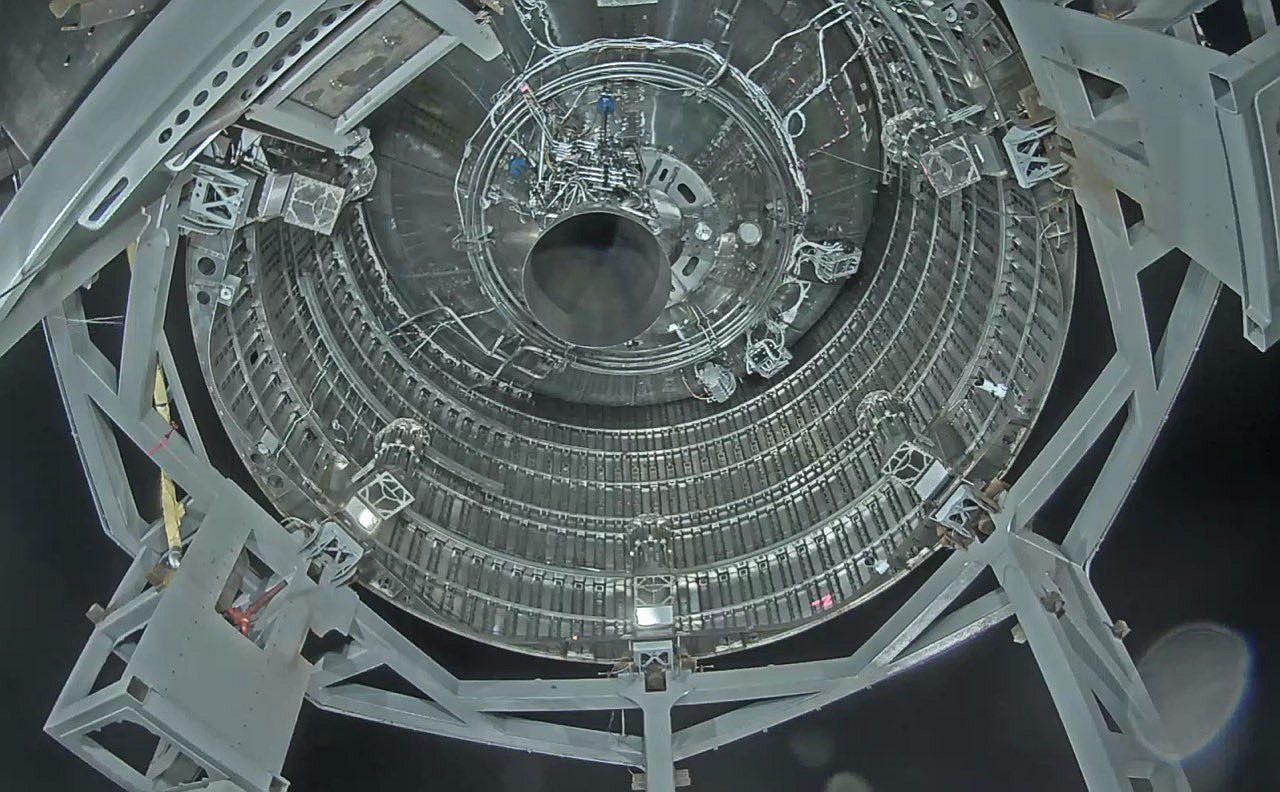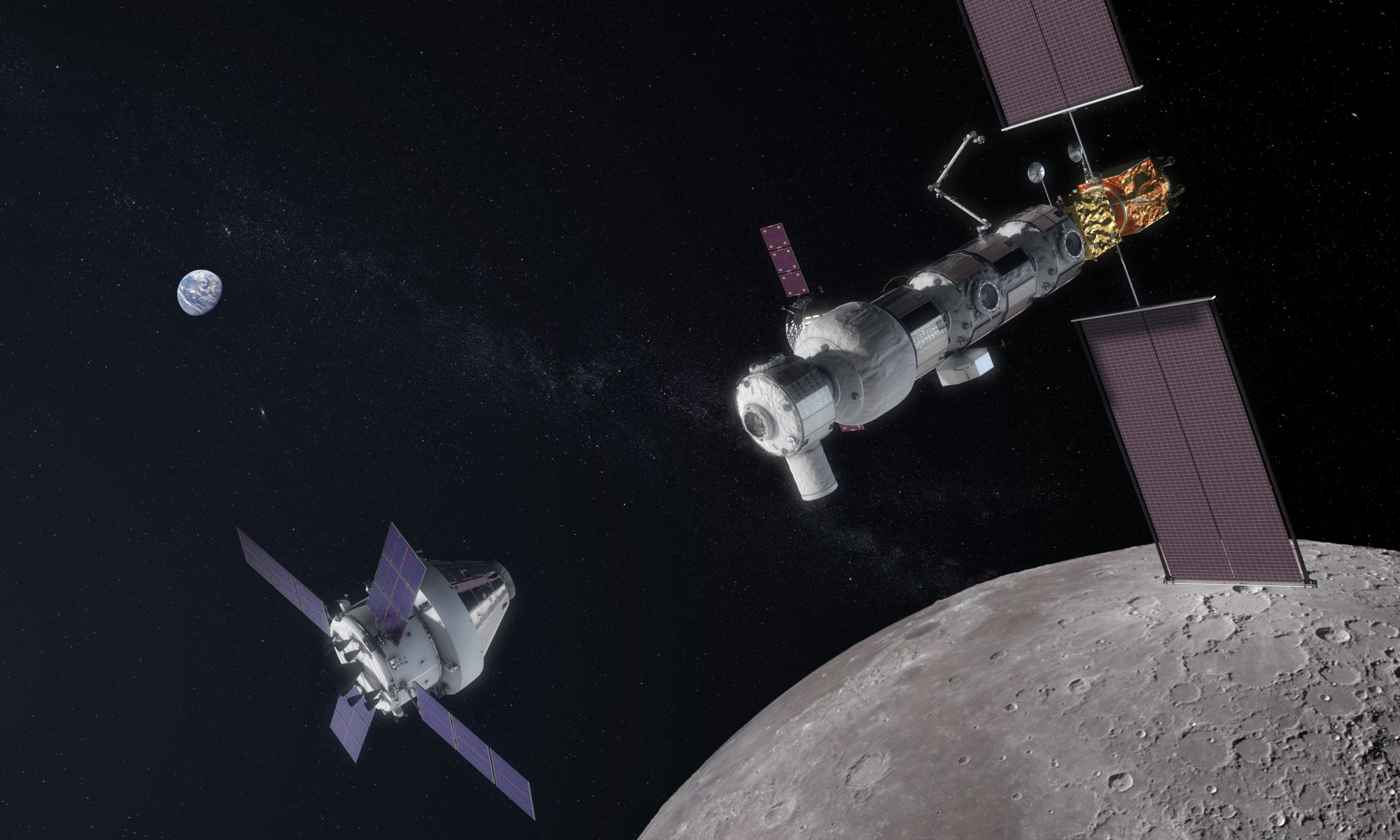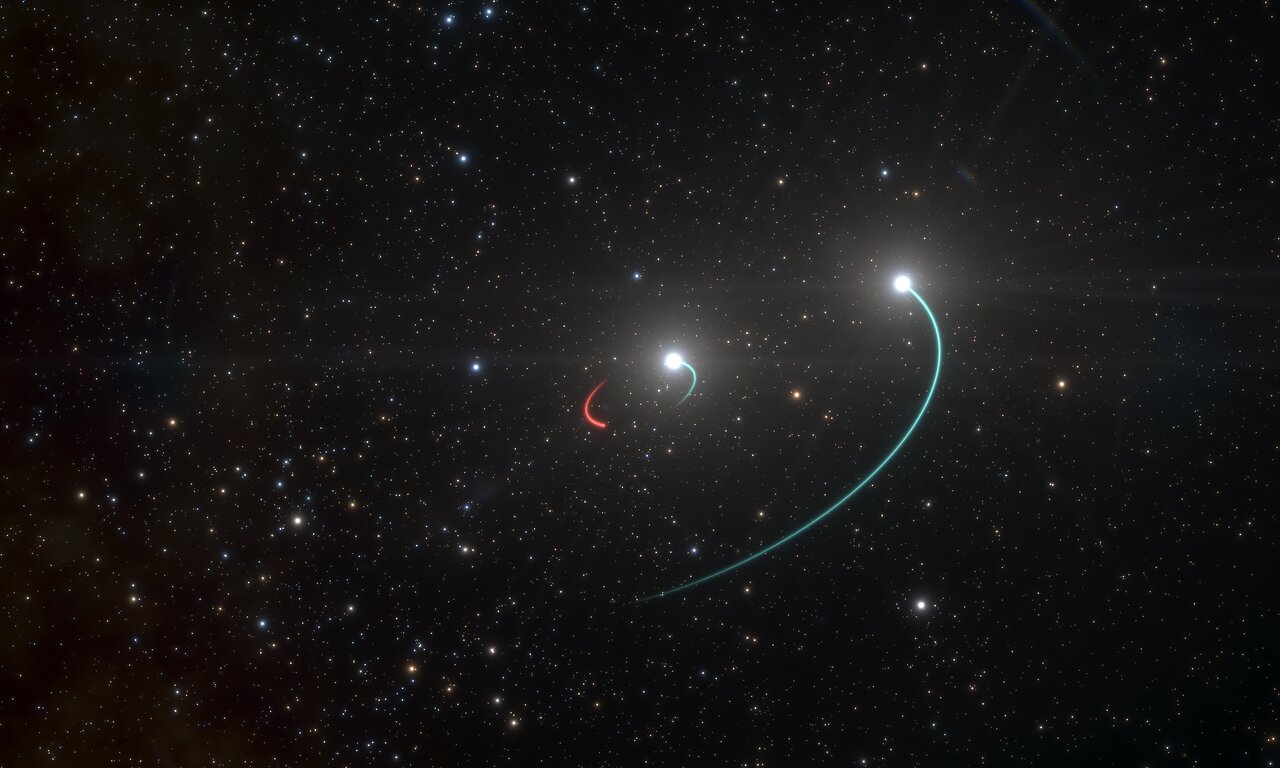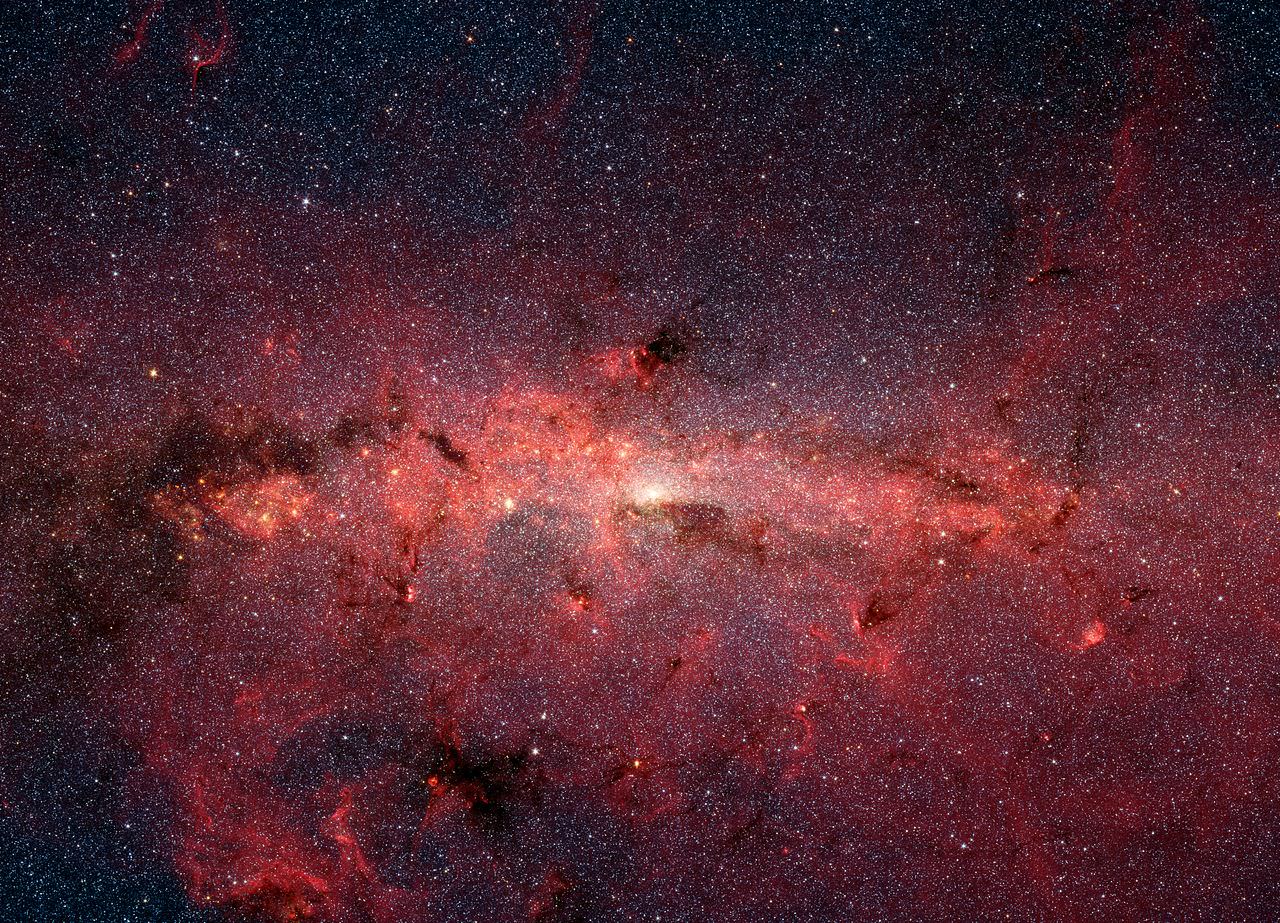As part of Project Artemis, which was announced in May of 2019, NASA will be sending the first woman and the next man to the Moon for the first time since the Apollo Era. To make this happen, NASA has partnered with the private aerospace industry to develop all the necessary systems. At the same time, NASA has entered into collaborative agreements with other space agencies to ensure that lunar exploration is open to all.
To formalize these agreements and ensure that all parties are committed to the same goals, NASA recently drafted a framework for cooperative lunar exploration and development. Known as the Artemis Accords, this series of bilateral agreements (which are grounded in the Outer Space Treaty of 1967) establish common principles for international partners who want to become part of humanity’s long-awaited return to the Moon.
Continue reading “NASA Proposes the Artemis Accords. The New Rules for Lunar Exploration”
